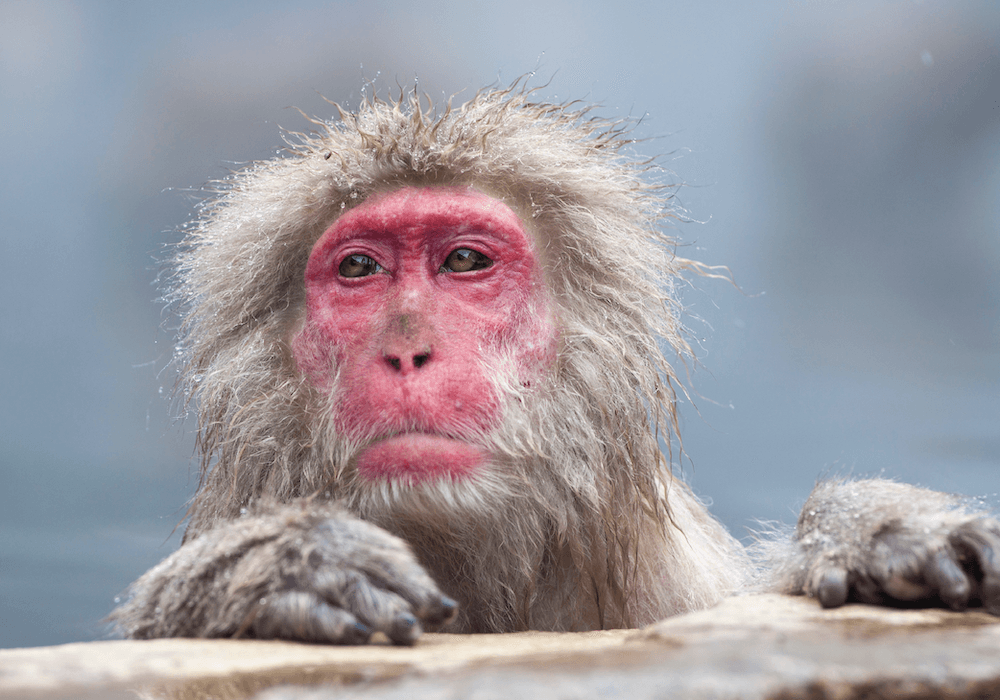This is not the full history of bathhouses around the world, but I hope it offers you some insights around how different regions perceive and use baths for spiritual and physical healing.
Neolithic Tribes
First, let's visit the practice of using heat from water to release toxins and relax. The therapeutic use of hot baths has been around for tens of thousands of years old. This dates to the Neolithic Age when nomadic tribes escaped frigid weathers by soaking in natural hot springs they discovered during their travels.
One of the earliest bathhouses was thought to have been in a public temple in the Indus Valley (2500 BC), within the lost city of Mohenjo-Daro. It was called the "Great Bath" and thought to have been used for spiritual purposes since bathing and cleanliness were linked to religious beliefs.
Turkish Baths
Fast forward to 600 AD when Turkish baths, called hammams, were popularized as a cleaning and purification ritual for the mind, body, and soul. It was believed that purifying the body would equate to purifying the soul.
Japanese Onsens
Japanese onsens (温泉), which are natural hot springs, were born from the country's volcanic activity. During that time, soaking in thermal baths became a widely adopted practice for “healing, spirituality, and rejuvenation stemming back to when Buddhism spread to Japan in the 500s.” In Japanese culture, people believed that there were ties between "water and religion." An important legend in Japanese legend pertains to a male god, Izanagi, who was believed to have created the world with his wife, Izananami, soaked in bath waters to purify himself before visiting the land of the dead when his wife passed.
Korean Jimjilbang
Korea’s jimjilbang (찜질방), their public bathhouse, has been a practice for thousands of years due to the emergence of hot springs. The term "jjimjil" refers to the practice of healing ailments through perspiration from a historical belief that sweating releases toxins. In modern day Korea, people, oftentimes, use various tools to maximize their experience. For example, jade is used to “relieve joint pain and stress, while baked clay be used to promote detoxification.” Additionally, body scrubs were used alongside milk and water to “moisturize the skin while promoting circulation.”Sources:
-
http://www.bbc.com/travel/story/20121129-the-origins-of-bathhouse-culture-around-the-world
-
https://www.japanvisitor.com/onsens/understanding-onsen-culture
-
https://english.visitkorea.or.kr/enu/ATR/SI_ENG_2_9_2.jsp
-
https://www.toki.tokyo/blogt/2016/11/1/onsen-a-culture-of-bathing



Leave a comment